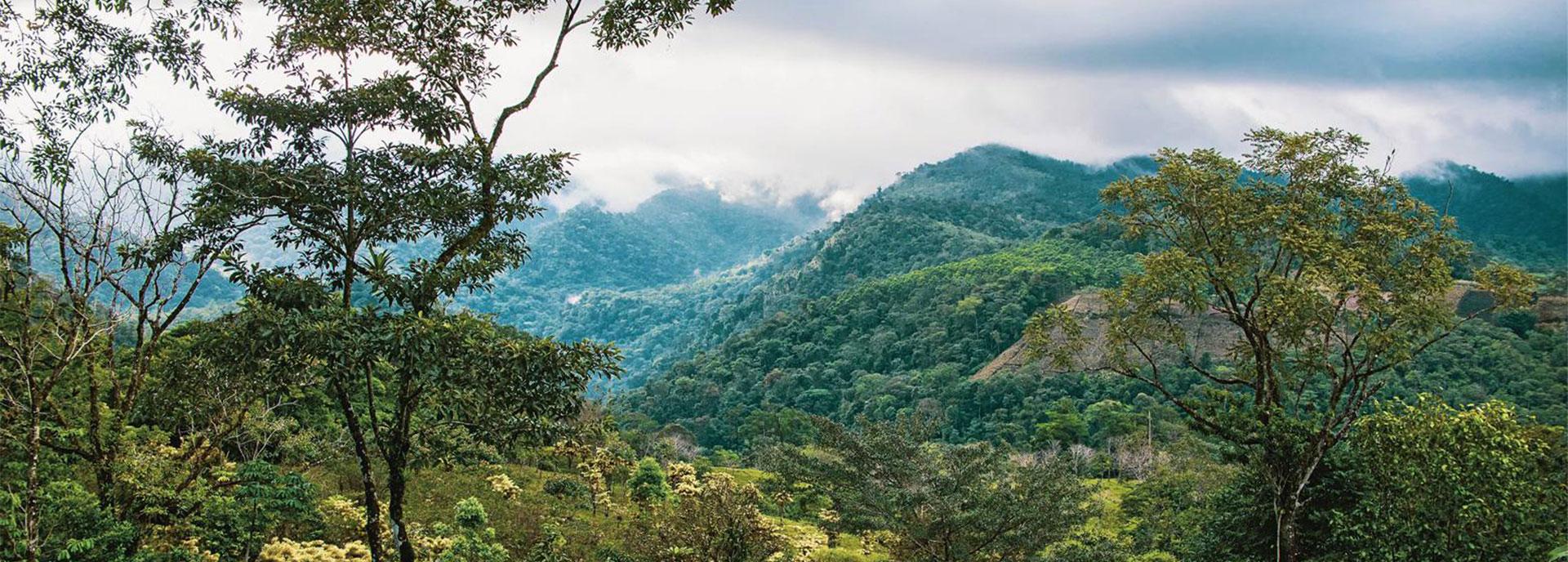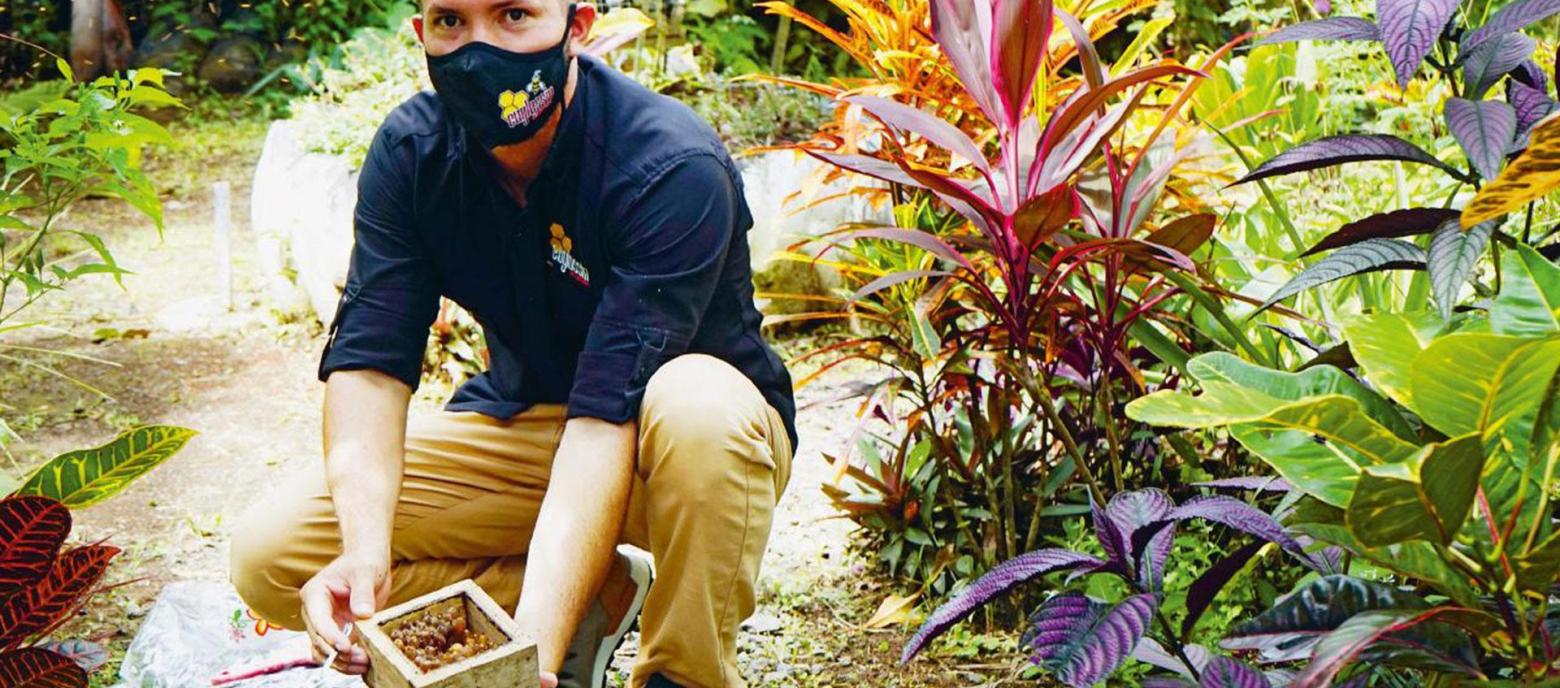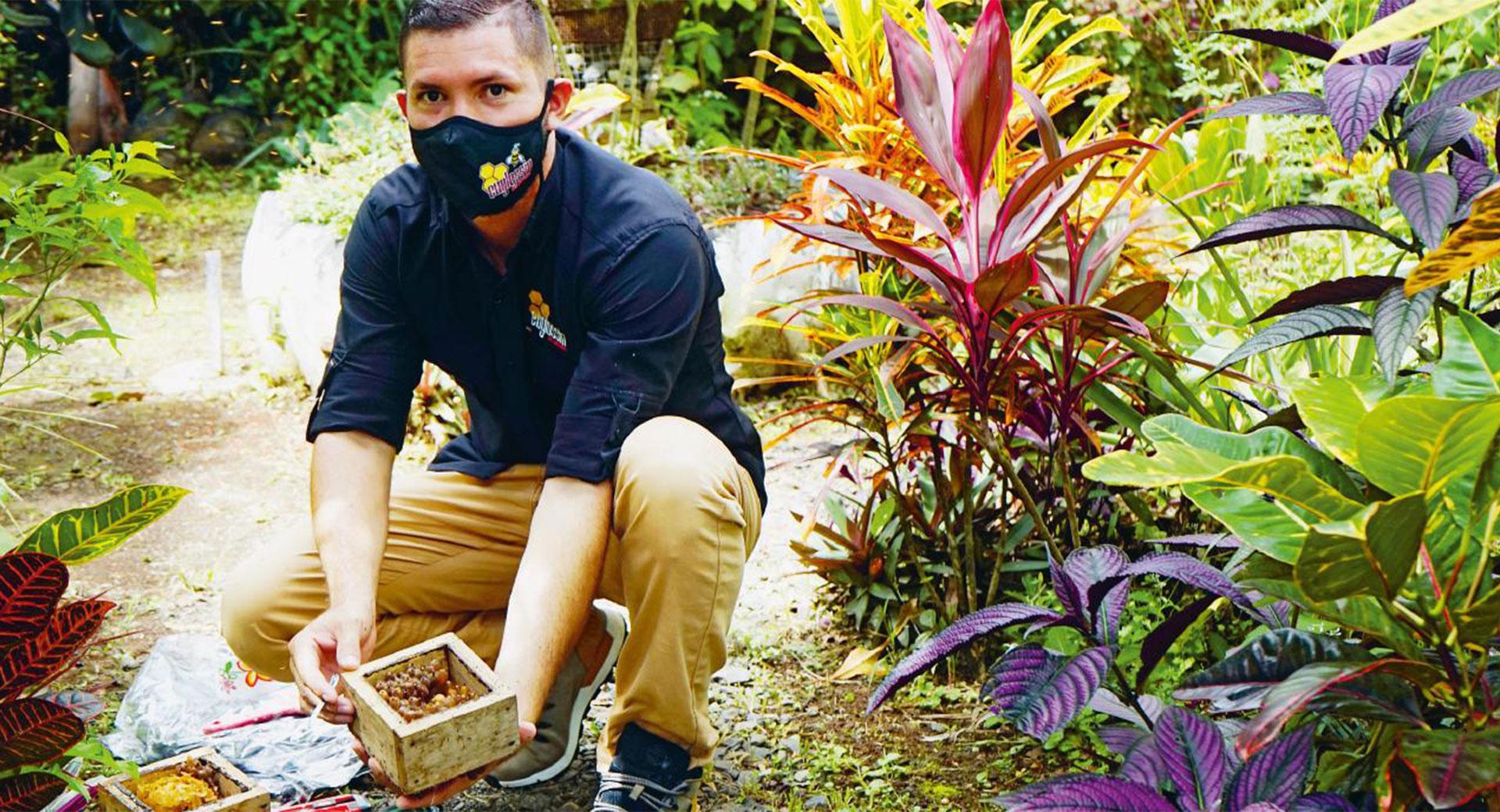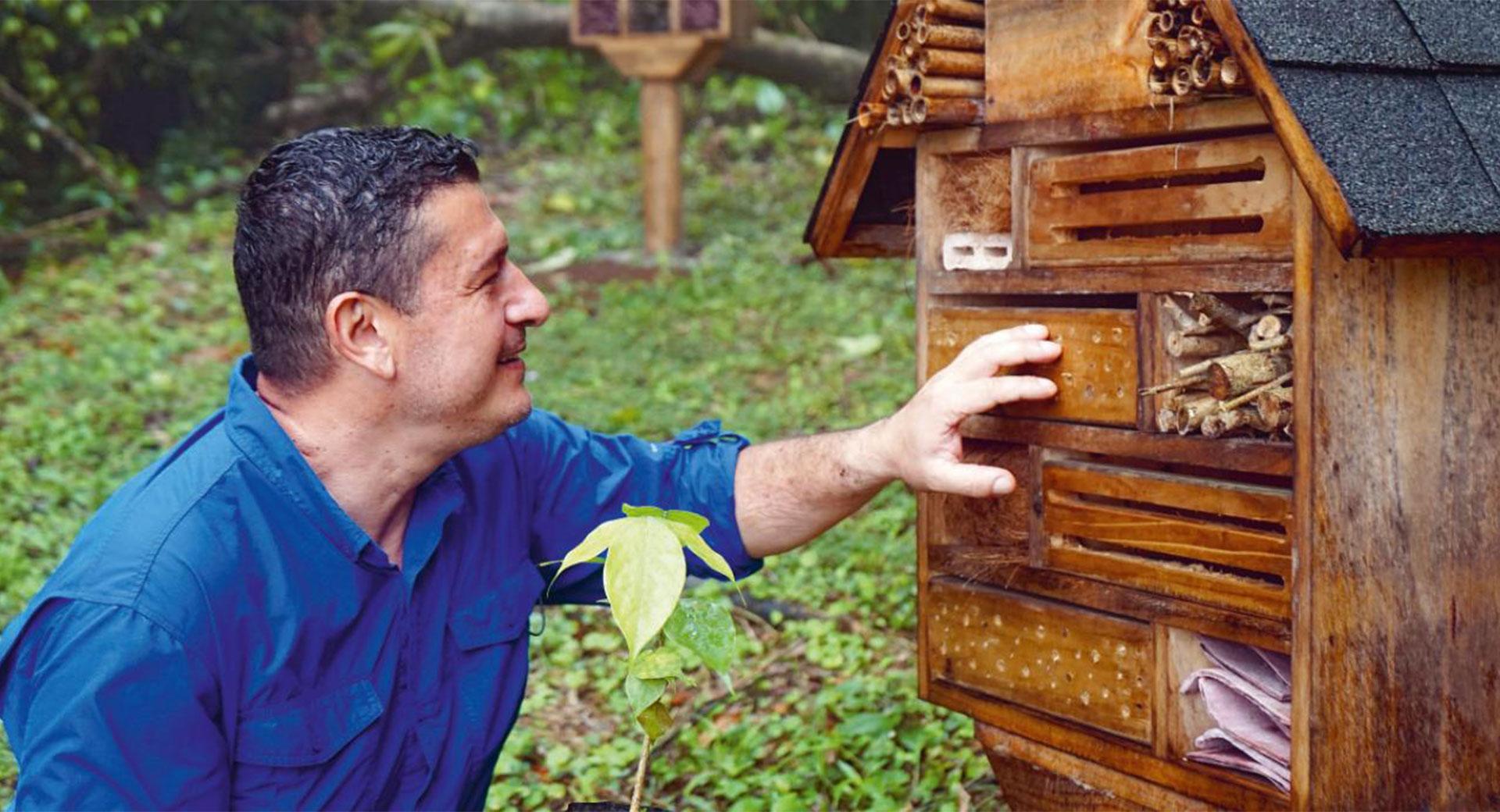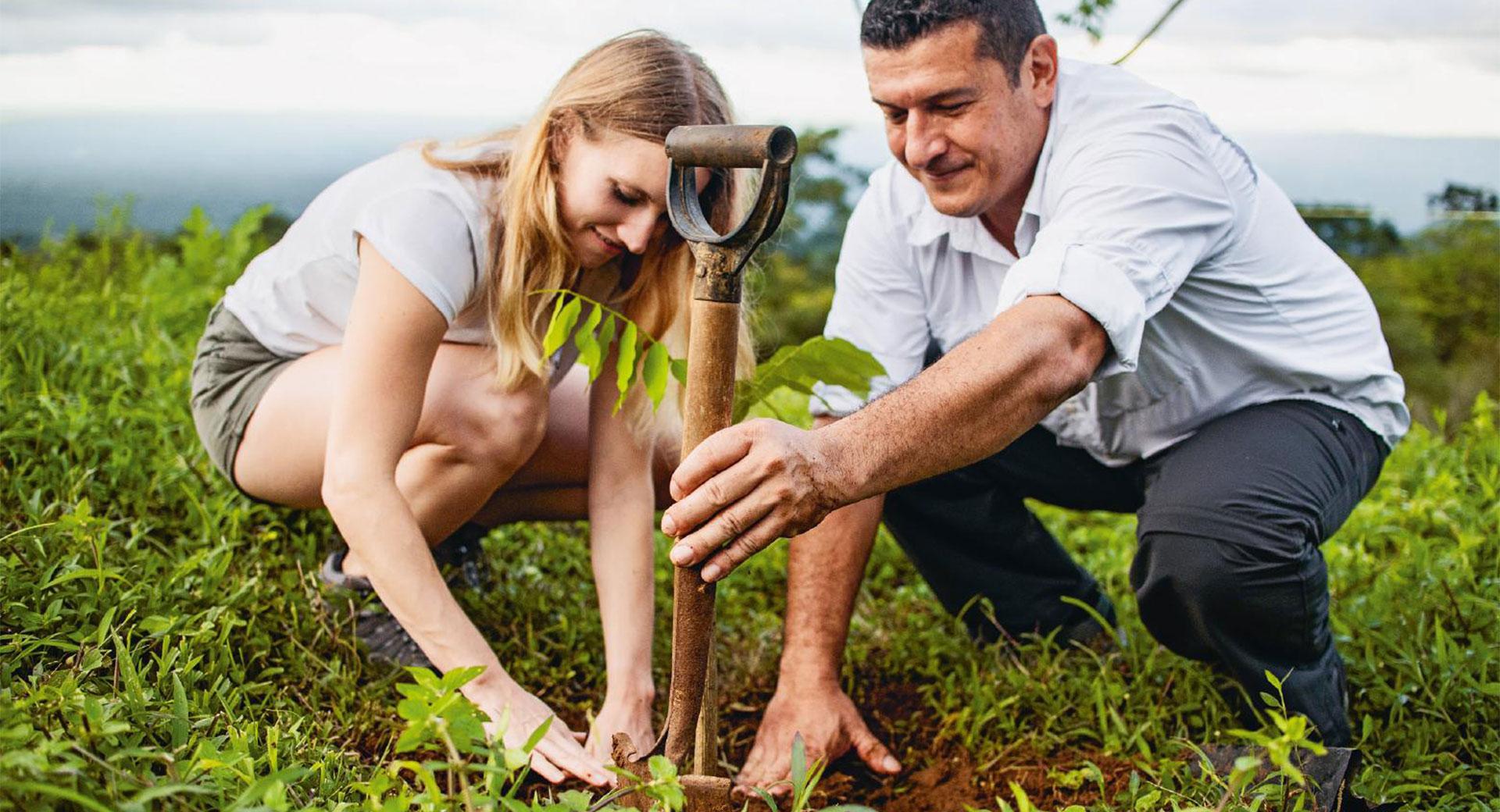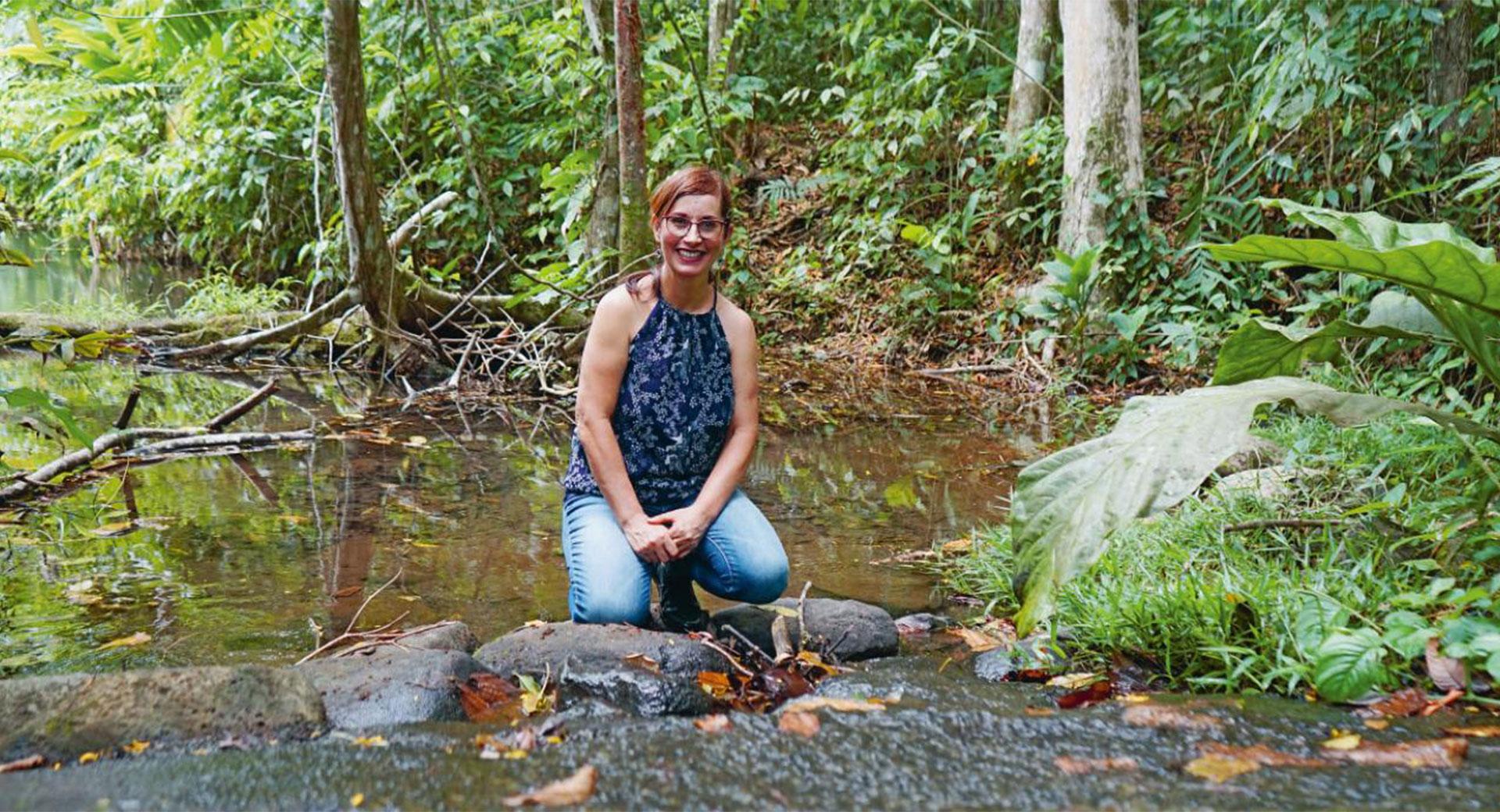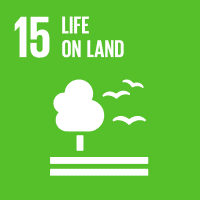Although the nature trail behind José Miguel Herrera’s house is less than 50 metres long, you can easily spend several hours here in the middle of Costa Rica’s tropical rainforest. The flowers bloom in the most vivid hues and Herrera has fascinating stories to tell about the bees he keeps, while he goes from hive to hive and gives visitors a taste of his honey direct from the honeycomb. Costa Rica is home to more than 700 different bee species. Some of them are no bigger than a pinhead, while others are almost as large as one of the hummingbirds with which they share the flowers in Herrera’s garden. ‘Many of them are endangered,’ explains the 31-year-old while the bees swarm in and out constantly. But you can barely hear them. Most bees in Costa Rica are quiet and placid – and have no sting. The honey that Herrera sells tastes fruity or slightly bitter, depending on the season. For a long time his venture was overshadowed by imported honey, but now his honey is becoming more and more popular among tourists and locals, he tells us. ‘I sold a lot of honey and natural remedies like pollen and propolis during the pandemic, both at the farm itself and online.’
Until a few years ago Herrera, from Valle Azul, still worked as a waiter. Now he has his own small business called Euglossin – named after a bee species – with his own logo, sales stand and Facebook page. He launched his company under a GIZ pilot project. Conservation and sustainable economic promotion go hand in hand.
